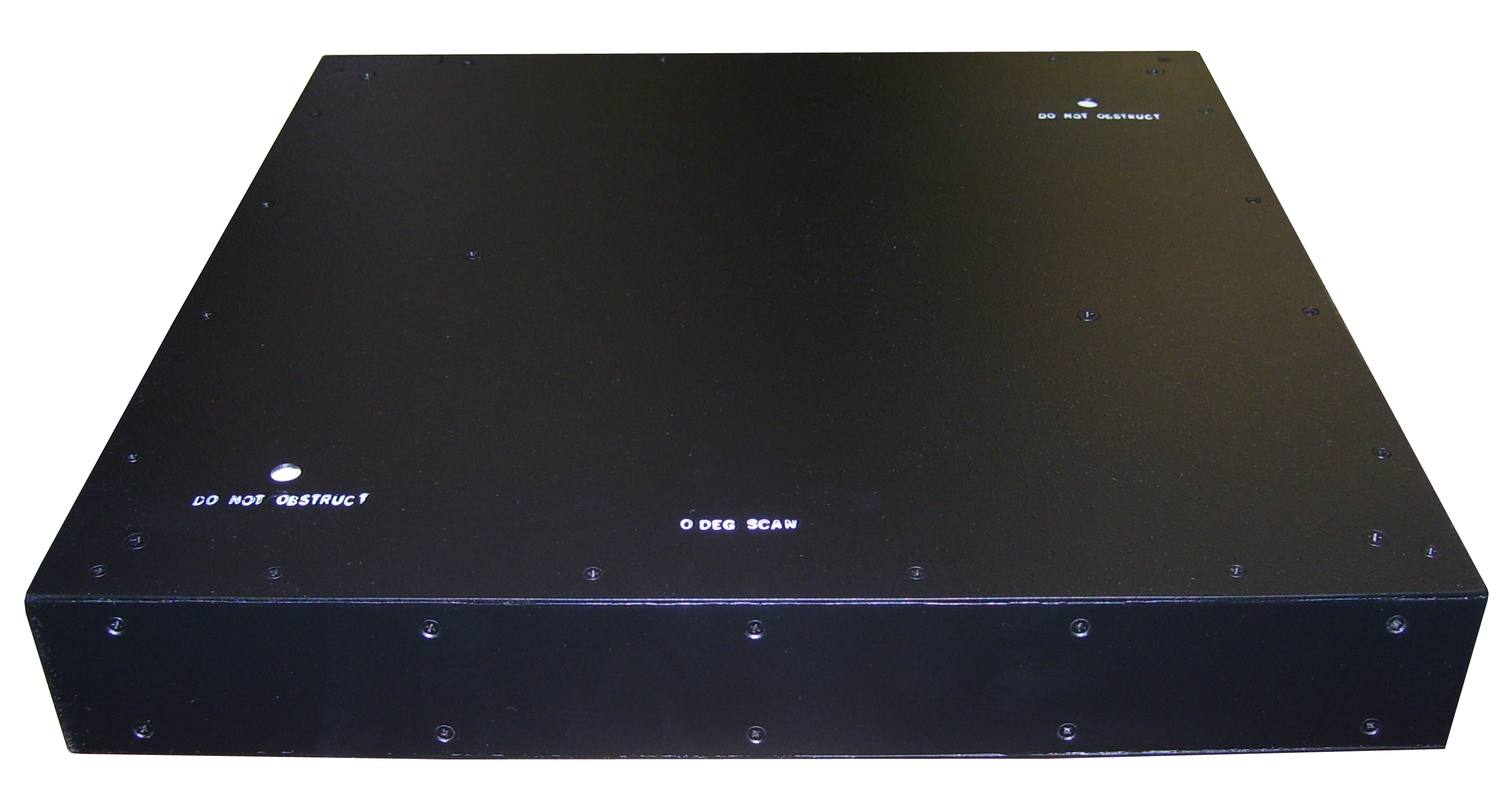Antenna 101: Types and Applications
February 2018We are experts in custom antenna design and manufacturing for various applications. Some common applications include vehicular, airborne, communications, SIGINT (signal intelligence), and ISR (intelligence, surveillance, and reconnaissance). While certain antenna types are more suitable for each of these specific applications, many of our products are versatile and multi-platform.
In this article, we take a look at some of the different antenna types, and what applications they can be used for.

Broadband Antennas – These antennas operate over a wide band of frequencies, or “bandwidths.” Generally, the bandwidths over which they operate are higher than 1 octave. They come in a variety of forms, including spirals, log-periodic antennas, dipoles and Vivaldi notch elements
An example of a broadband antenna, the HSA-056 is a 6″ spiral ideally suited for handheld and vehicular applications. With its wide bandwidth, broad beamwidth, and high RF efficiency, the antenna is also suitable for applications such as SIGINT, EW, and wideband communications.
Narrowband Antenna – In contrast to broadband antennas, narrowband antennas operate over relatively narrow bandwidths, generally much less than 1 octave. Patch and resonant cavity antennas are typical examples of narrowband antennas.
The RDF-8696 is a narrowband transducer for short range reading and writing of RFID tags including GEN2 tags. Some of the applications it can be used for include printers and various forms of automation equipment.


Antenna Arrays & Beamformers – Array antennas consist of multiple radiating elements. In some cases, these elements are fed by a corporate power divider or “beamformer.” The simplest beamformer is a power division network, which yields a fixed radiation beam. A beamformer that incorporates controllable phase or delay elements is called a steerable beam array or “phased array.”
Also nicknamed the “Hexband Array,” the MBA-0127 is compact, low-profile, single-port antenna covering multiple bands from 400MHz to 2.2GHz. This array is useful for multiband communications, airborne applications, ISR applications, and SIGINT.
Genetic Antenna – These antennas are designed entirely by an optimization algorithm, which can be a genetic algorithm or some other iterative method. While many antennas are pre-existent designs that are modified through optimizations, these antennas are entirely new designs generated solely via computer.
Genetic antennas are perhaps the most unique, mainly because they are almost completely custom, like the one pictured here.

Latest Posts

An Abundance of Aircraft Antennas
Home » Media Center » Blog » An Abundance of Aircraft AntennasWhen you look at an aircraft, you...

Which Antennas are Suitable for Sensor Systems?
Sensor antennas play a crucial role in various applications, including environmental monitoring, wireless sensor networks (WSNs), IoT devices, and industrial automation, medical devices, radar and navigation. These antennas come in different types, each designed for specific sensor systems and frequency ranges.

Using RF Technology for Counter-UAS
In this post, we talk more about the security risks that come with unmanned technology, as well as introduce JEM Engineering’s solution for mitigating these risks.
